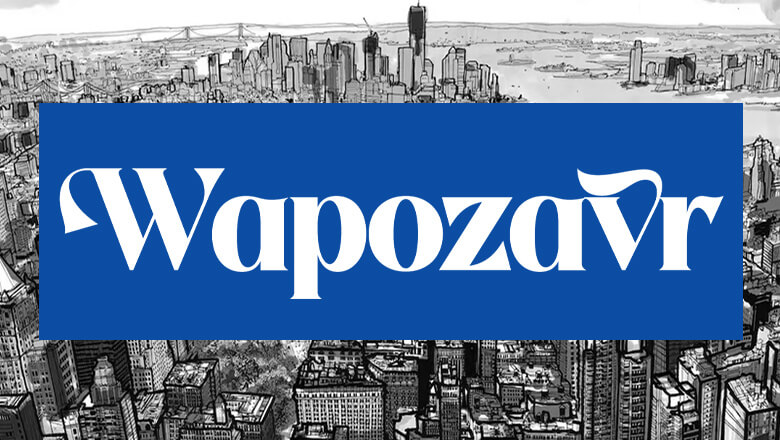
views
BNAGALORE: The Helicopter Academy to Train by Simulation of Flying (HATSOFF), the joint venture owned equally by Hindustan Aeronautics Limited (HAL) and CAE, has announced that its simulator cockpit for the civil/conventional variant of the Dhruv has been certified to Level D, the highest qualification for flight simulators, by India's Directorate General Civil Aviation (DGCA).In a statement released by Hindustan Aeronautics Limited (HAL), the civil/conventional Dhruv simulator cockpit has been integrated with the CAE-built full mission simulator currently in operation at HATSOFF. The simulator features CAE's revolutionary rollon/rolloff cockpit design which enables cockpits representing various helicopter types to be used in the simulator. This is the world's first ever full mission simulator for the HAL-built Dhruv helicopter."We are very proud of achieving Level D certification for the world's first simulator representing the indigenously developed HAL Dhruv helicopter," said Wg Cdr (Retd) Chandra Datt Upadhyay Vr C, Chief Executive Officer of HATSOFF. "We look forward to welcoming the Indian Air Force and other civil operators of the Dhruv in offering simulation based training that will undoubtedly prove to be a safe and cost effective method for training Dhruv helicopter air crews."The cockpit for the civil/conventional variant of the Dhruv is the second for the HATSOFF training centre. The first cockpit for the simulator represented the Bell 412 helicopter and training for Bell 412 operators began in July 2010. additional cockpits for the Indian Army/Air Force variant of the HAL built Dhruv and the Eurocopter Dauphin will be added to the HATSOFF training centre over the next year.The HATSOFF training centre, located near HAL's headquarters in Bangalore, also features multimedia classrooms, computerbased training, brief/debrief facilities, a training management information system and crew accommodations. The fullmission simulator features a common motion system, vibration platform, and visual display system, along with the four separate cockpit modules that can be used in the fullmission simulator. When a cockpit is not used in the fullmission simulator, it will be used as a fixedbased flight training device (FTD).















Comments
0 comment